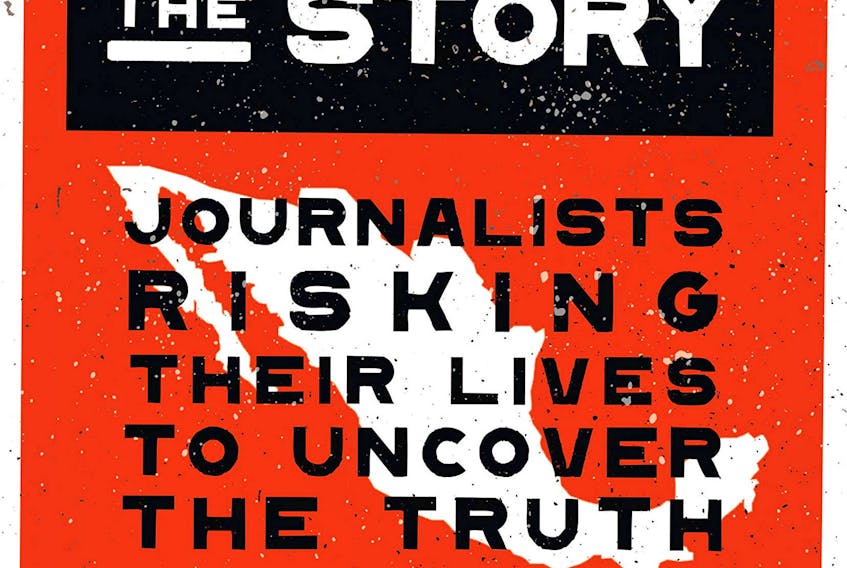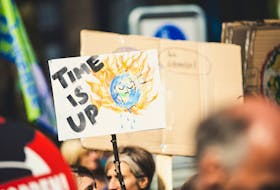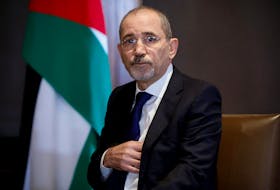Henry Srebrnik
Guest opinion
Mexico has for years been one of the world’s most dangerous nations for reporters, and things seem to be getting worse.
It was the deadliest country in the world for the media in 2020, accounting for almost a third of journalists killed, according to the New York based Committee to Protect Journalists (CPJ), which investigates attacks against the press globally.
At least 13 journalists were killed in Mexico last year, bringing the death toll to 133 since 2000. A recent string of killings underscored the risks facing journalists who cover sensitive subjects such as crime, politics and the security forces.
This is the fourth time in the past five years that Mexico has also led the International Federation of Journalists’ list in the number of journalists killed. The Brussels-based organization represents more than 600,000 media workers from 187 organisations in 146 countries.
Killing the Story: Journalists Risking Their Lives to Uncover the Truth in Mexico, a book published in 2018 and translated into English last summer, reveals how journalists are risking their lives to expose crime and corruption.
Journalist and filmmaker Témoris Grecko describes how they are frequently caught between nefarious politicians and ruthless criminal organizations, who are often aligned with each other.
A Mexican reporter who wrote about violent crime in the central state of Guanajuato died of gunshot wounds last Nov. 9.
Israel Vazquez was about to broadcast the discovery of human remains in plastic bags in the municipality of Salamanca, in Guanajuato state, when he was shot at least 11 times.
Guanajuato is one of the most active drug cartel battlegrounds in the country and the state that recorded the highest number of murders per year in 2019. It has been shaken by bloody turf wars between rival drug cartels.
Violence is now endemic in almost every sector of Mexican society, and reporters have often been caught up in the conflict, which claimed more than 31,000 lives last year.
The killing of Vazquez drew a backlash from international press groups, including the CPJ, Reporters Without Borders and the Inter-American Press Association.
“The brazen killing of Israel Vazquez Rangel underscores how Mexico is more dangerous for reporters than even war zones,” maintains Jan-Albert Hootsen, CPJ’s Mexico representative.
“Mexico is suffering a multi-faceted crisis with regard to press freedom. The crisis principally stems from impunity.” Overall, at least 90 per cent of journalist killings remain unsolved.
The murder of Vazquez was no isolated incident. On Oct. 29, TV host Arturo Alba Medina was shot in Ciudad Juarez in the northern Mexican state of Chihuahua, across from El Paso in Texas.
A week before Vazquez’s death, two other journalists met the same fate. Jesus Alfonso Pinuelas, was shot dead in Cajeme, in the northern Mexican state of Sonora, while Victor Manuel Jiménez, a reporter who left home to attend a baseball game in the city of Celaya and never returned. He is presumed to have been murdered.
Journalists covering protests have also come under attack in Mexico. On the same day Vazquez was murdered, four journalists were injured when police in the city of Cancun opened fire at a crowd protesting against femicides.
Deadly violence against women reached record heights in 2019; more than 1,000 women were murdered because of their gender, an increase of 10 per cent over 2018.
In 2006, the government of Vicente Fox Quesada created the Special Prosecutor’s Office for Crimes against Journalists (FEADP). But current president Andres Manuel Lopez Obrador has weakened protection for journalists under threat and cut funds for investigations.
Two of the journalists killed last year were under supposed federal protection after having reported deaths threats linked to their work. In both cases their assigned bodyguards also died in the attacks.
Indeed, sometimes officials themselves target reporters. On March 2, a vehicle attempted to force Alberto Amaro Jordan off the road while he was driving in the municipality of Tetla de la Solidaridad, in Tlaxcala state. Its driver was Eleazar Molina Pérez, the mayor of that municipality, who has been accused of corruption.
Henry Srebrnik is a professor of political science at the University of Prince Edward Island.









